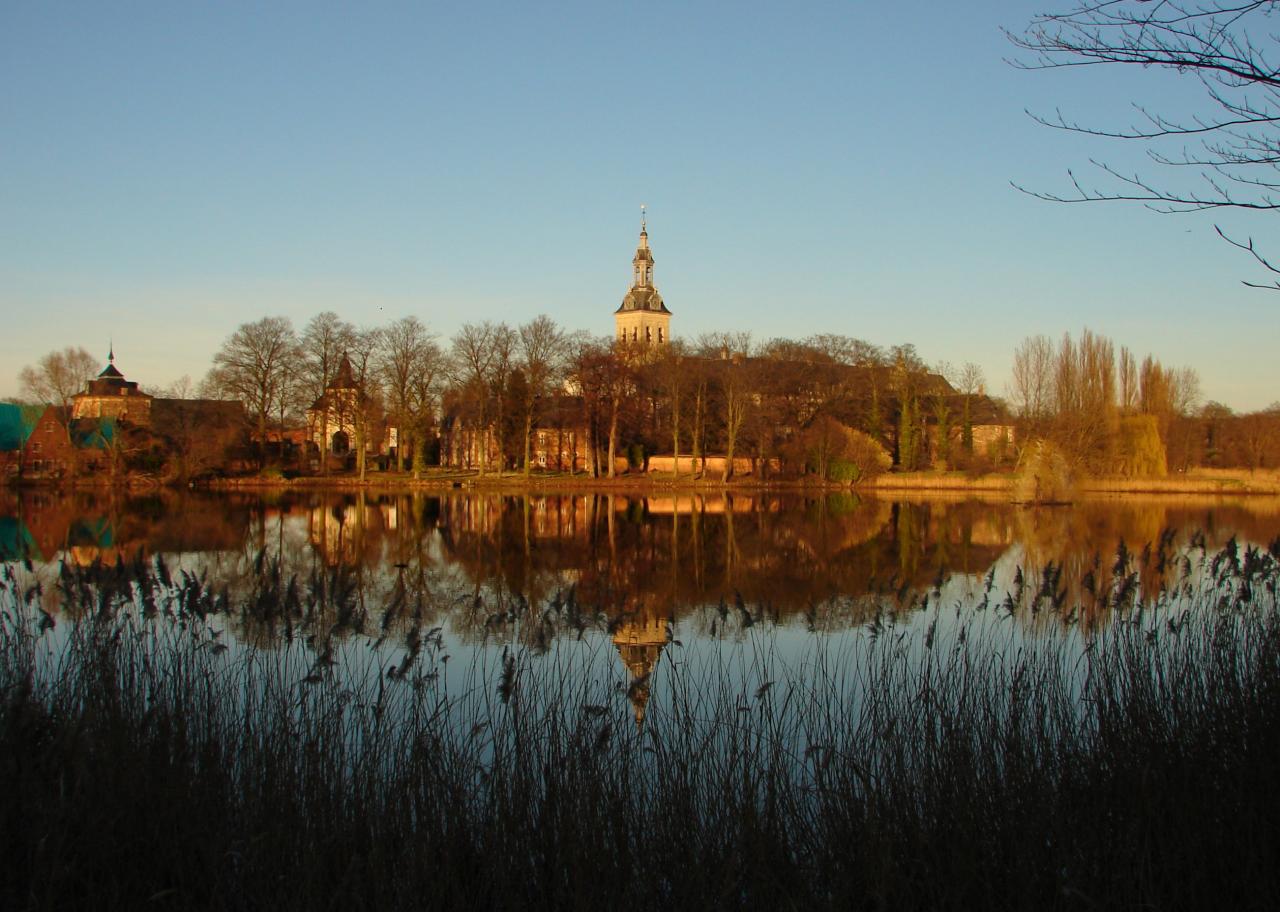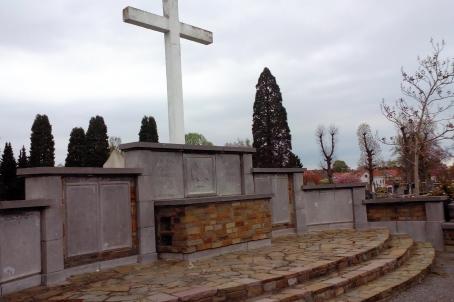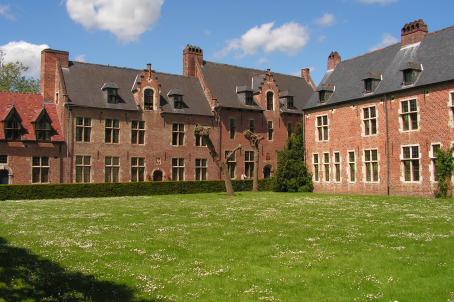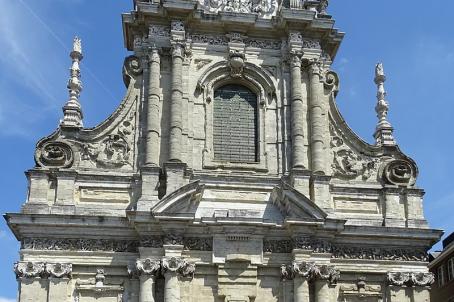Norbertijnen Abbey
The Park is a well-preserved abbey site. The mix of centuries-old buildings and an authentic landscape make it an oasis of peace on the Leuven outskirts.
About this building
Founded in 1129 from the Norbertine Order of Prémontré in France, the abbey grew over the centuries into a prosperous community of priests-canons.
The residents did not lock themselves up within the abbey walls but built a network of parishes in Brabant. The prosperity that the abbey knew for nine centuries is still visible in the harmonious ensemble of buildings, mainly from the 17th and 18th centuries.






